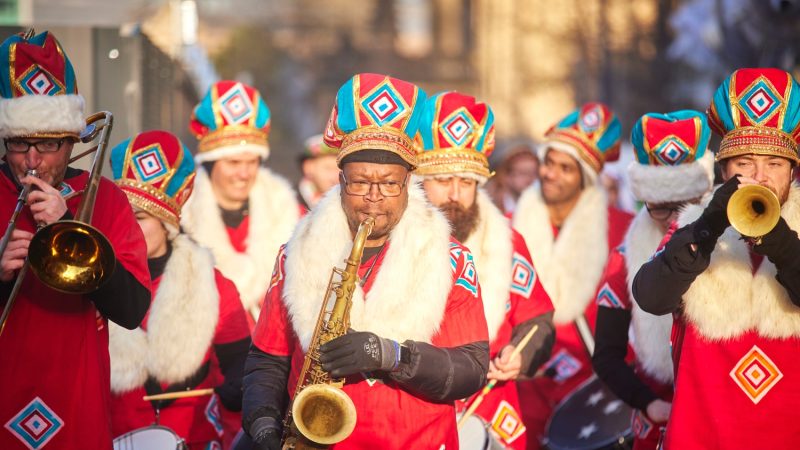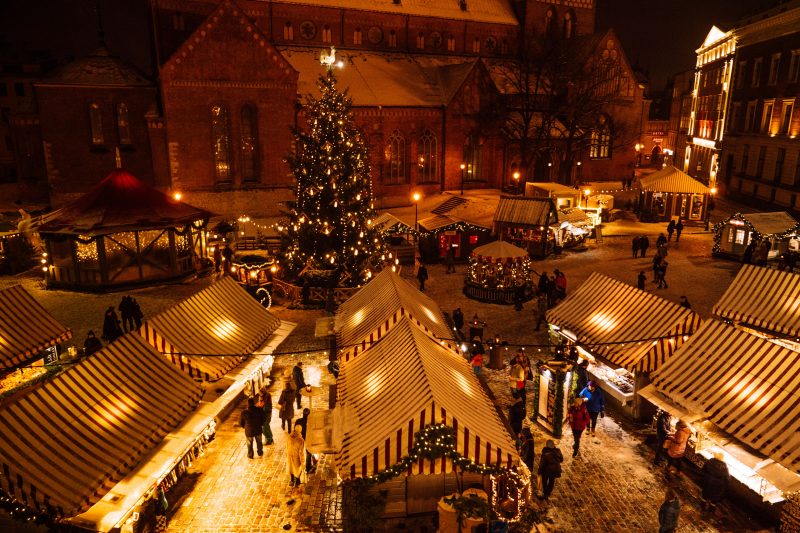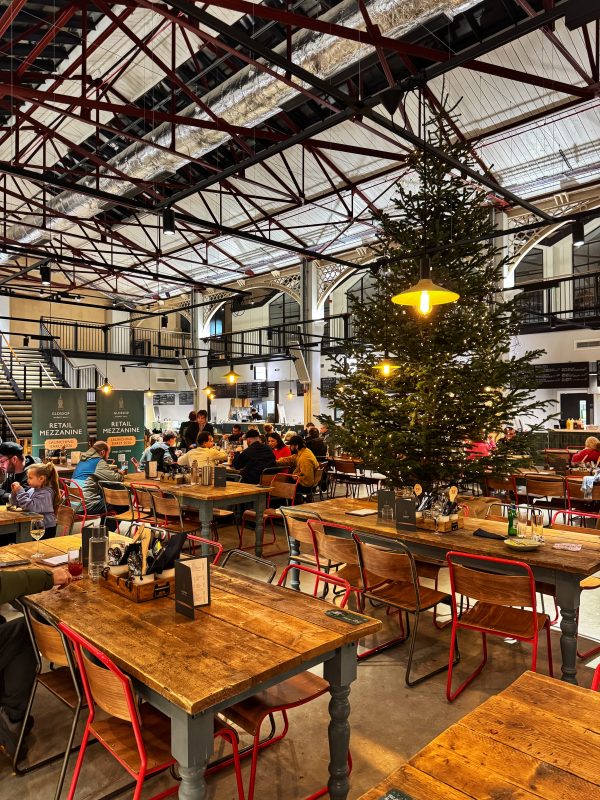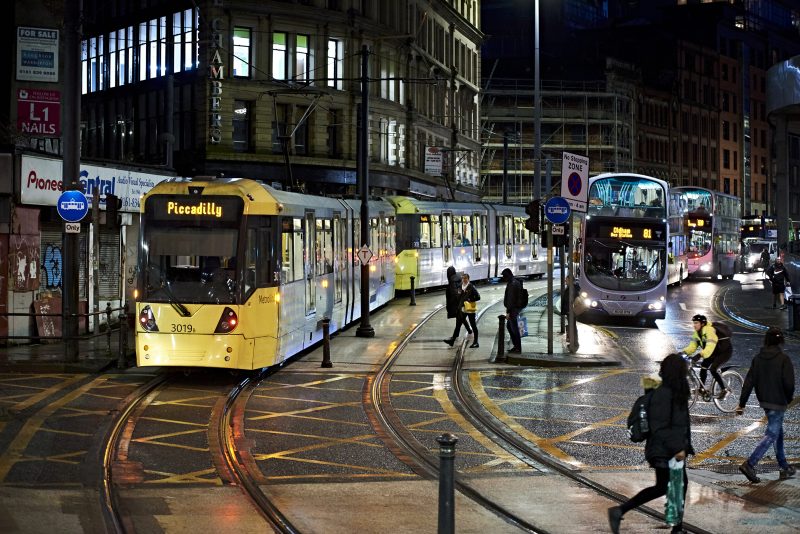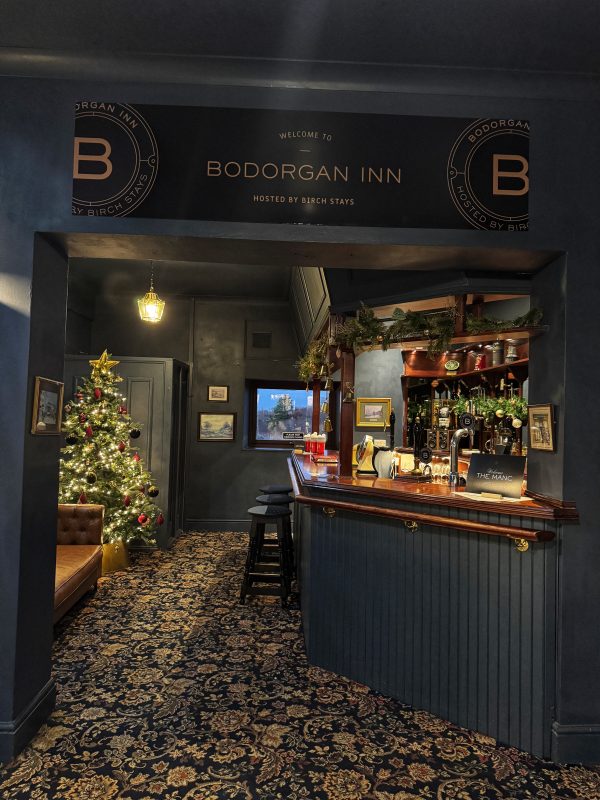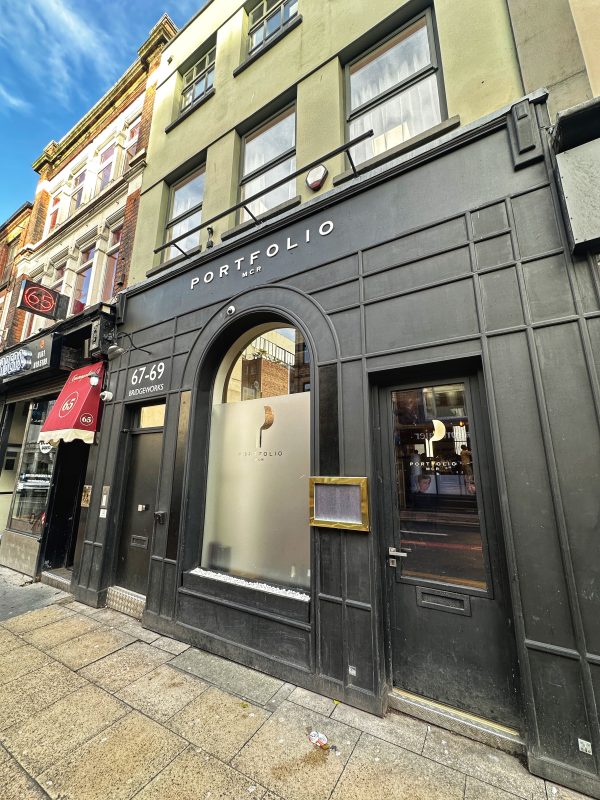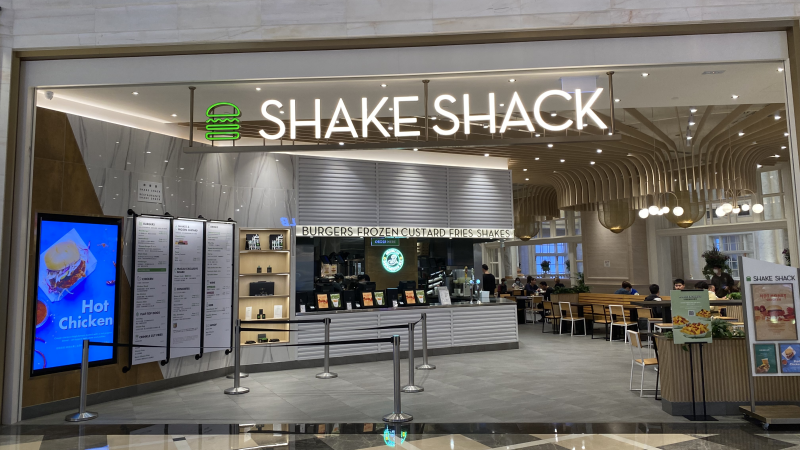Travel & Tourism
The beautiful Lake District boutique hotel that’s been named one of the UK’s best
That spa is stunning.

A beautiful boutique hotel in the Lake District has just been named one of the top three in the UK – and it’s easy to see why.
Gilpin Hotel & Lake House, near Windermere, is one of only two properties in the north of the country to make the top 10 in the prestigious list.
The stunning hotel and spa has just 39 rooms, including its staggering spa suites, which are build on top of a natural pond with their own stone-built hot tubs on the decking.
It’s also home to two renowned restaurants – Michelin-star SOURCE, which has Ollie Bridgwater as executive chef, and Gilpin Spice.
And now the Gilpin Hotel & Lake House has landed itself in third place in the Top 50 Boutique Hotels. Quite the accolade.
It’s climbed nine places since last year, and was beaten only by The Newt in Somerset and Lime Wood in Lyndhurst.
The team at the Gilpin says its new ranking in the list is down its ongoing renovations and improvements, which have included a new Spa Space at Gilpin Hotel, a Vertical Farm, more Spa Suites and the appointment of two new chefs.

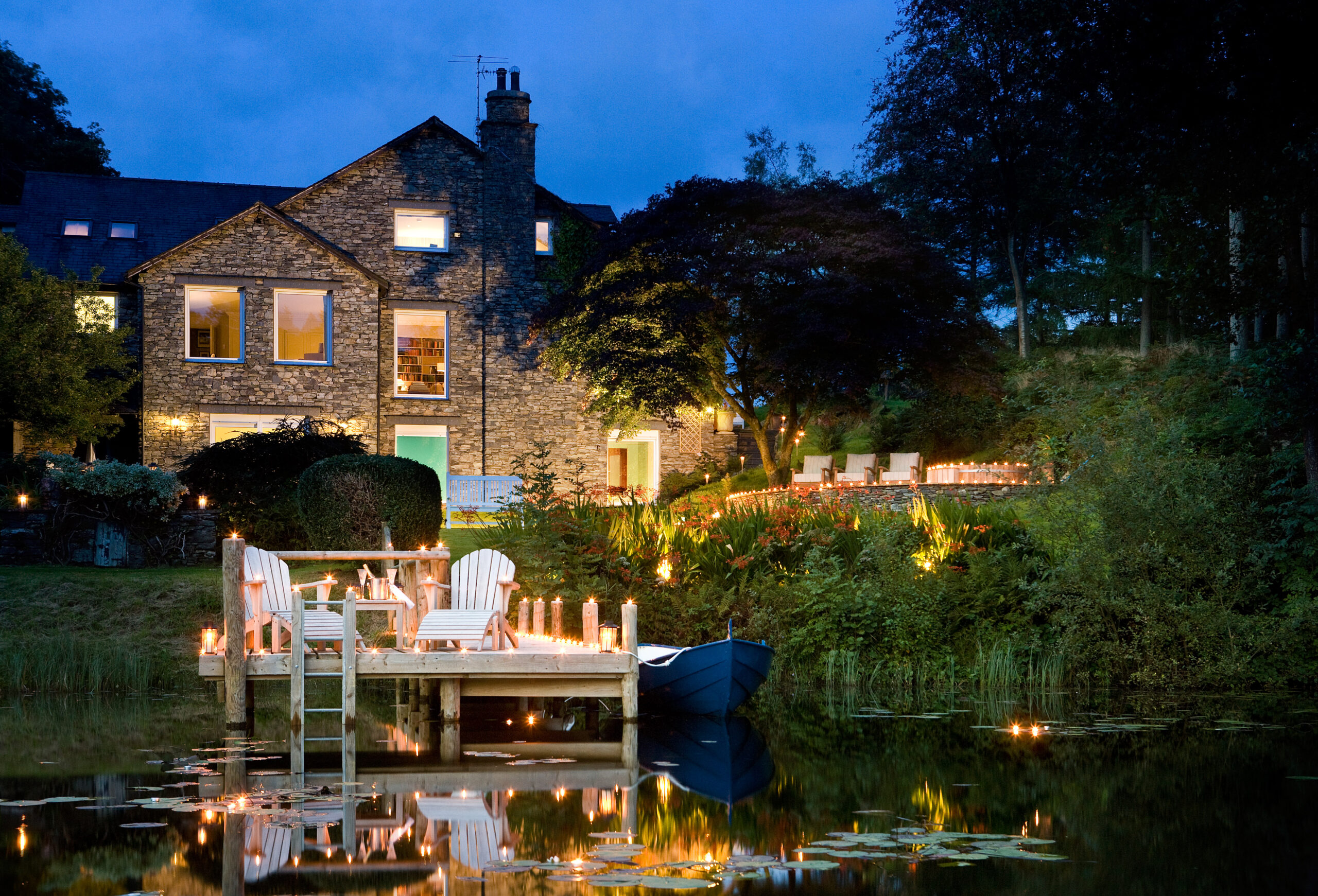
The hotel is operated by Barney and Zoë Cunliffe, who worked alongside Barney’s parents John and Christine until their deaths in 2020 and 2022 respectively.
The Top 50 Boutique Hotels is curated by and voted on by leading industry experts, hoteliers, travel writers and influencers.
Barney and Zoë said: “We are so very proud to be in this year’s list, and chuffed to bits to be so highly placed.
“We’ve worked together as a family and team for 35 years to create Gilpin, and it has always been our aim to create a luxurious sanctuary – one that is filled with love and laughter, without any pretentiousness.
“We want our guests to feel at home here, to feel loved, and we hope that that is what our guests feel.
“It’s with great sadness that we can’t celebrate this award with Mum and Dad, but we know that they would be absolutely delighted. As always, we would like to say a massive thank you to Team Gilpin, who all work so hard and with incredible passion. Thank you.”
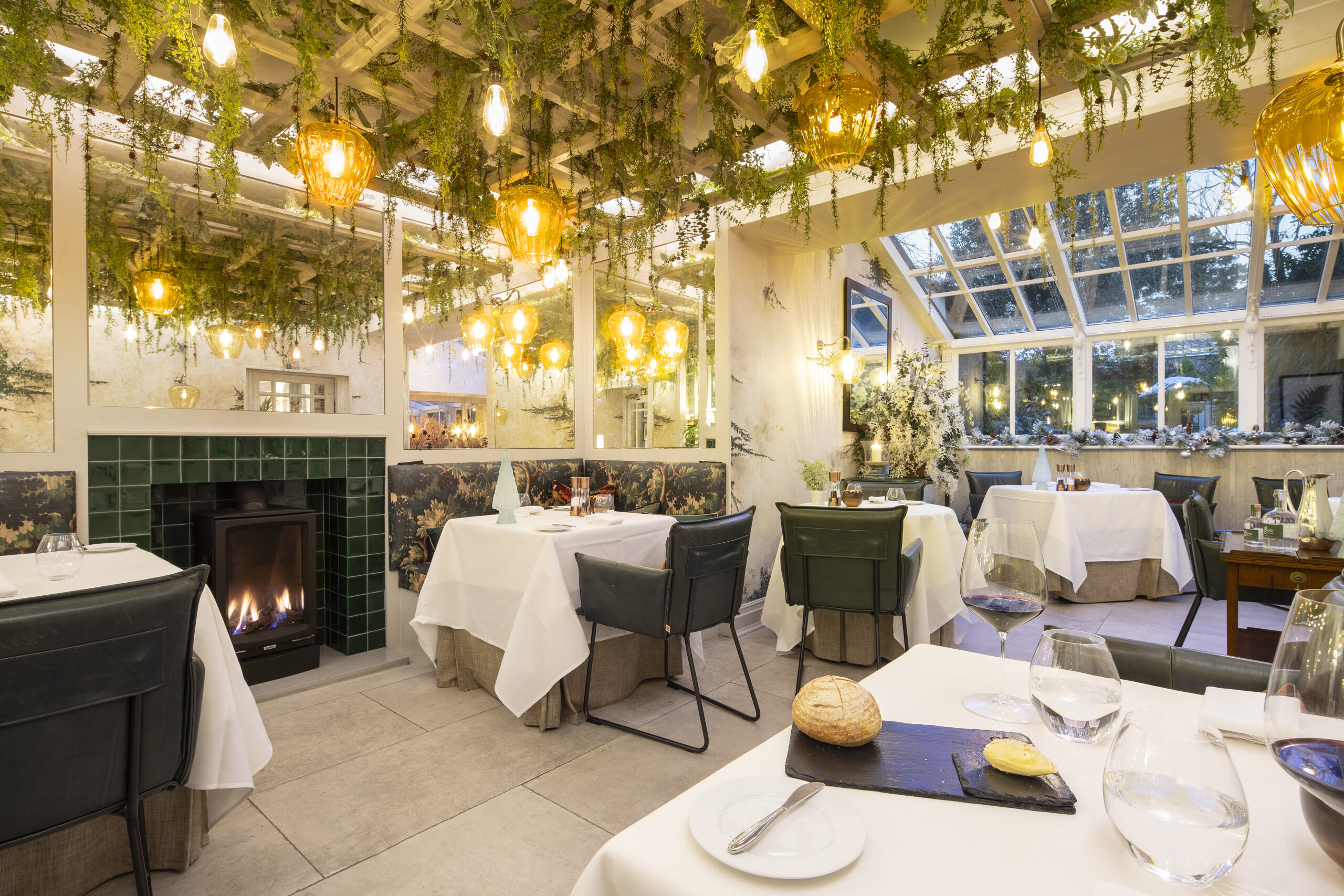

Gilpin Hotel & Lake House executive chef Ollie said: “Being named in a list like this gives credence to everything we have been trying to achieve at SOURCE at Gilpin Hotel over the past year, with the restaurant offering an extra dimension to the wider Gilpin experience.
“People come to Gilpin to get away from everything and when they visit SOURCE they’re looking for a sense of occasion as well as the food and wine, so we hope to live up to that ideal.”
Also featuring on the Top 50 Boutique Hotels list in the north west were Another Place in Ullswater, Moor Hall in Lancashire, Hotel Gotham in Manchester, Rothay Manor in Ambleside, and The Samling Hotel in the Lake District.
The full list from 1 to 50, including special awards for food and drink and best service is available to view here.
You can find out more about Gilpin Hotel & Lake House and book a room here.
The Top 50 Boutique Hotels 2023 list in full
- The Newt, Somerset
- Lime Wood, Lyndhurst
- Gilpin Hotel & Lake House, Windermere
- Heckfield Place, Hook
- Padstow Townhouse, Padstow
- The Pig at Bridge Place, Kent
- Lympstone Manor, Exmouth
- Grantley Hall, Ripon
- Beaverbrook, Leatherhead
- Hambleton Hall, Oakham
- Dormy House Hotel, Broadway
- Hampton Manor, Hampton In Arden
- Grove of Narberth, Narberth
- The Idle Rocks, St Mawes
- Another Place, Ullswater
- Boys Hall, Ashford
- Artist Residence Bristol, Bristol
- The Mandrake, London
- The Fife Arms, Braemer
- Foyers Lodge, Scotland
- Great Fosters, Egham
- Middleton Lodge, Ripon
- Moor Hall Restaurant with Rooms, Lancashire
- The Zetter Marylebone, London
- Yorebridge House, YorK
- The Gallivant, Rye
- The Wild Rabbit, Kingham
- Estelle Manor, North Leigh
- Hotel Gotham, Manchester
- Links House at Royal Dornoch, Dornoch
- Palé Hall, Bala, Wales
- Scarlet Hotel, Cornwall
- Hotel Tresanton, Tresanton
- Henrietta Hotel, London
- Lochgreen House Hotel & Spa, Troon
- The Harper, Holt
- The Pig on the Beach, Swanage
- Rothay Manor, Ambleside
- Number One Bruton, Somerset
- Nomad, London
- The Mitre, Hampton Court
- The Samling Hotel, Lake District
- House of Gods, Edinburgh
- The Retreat at Elcot Park, Newbury
- Farlam Hall Hotel & Restaurant, Brampton
- Glebe House, Devon
- Le Manoir aux Quat’saisons, Oxford
- At the Chapel, Bruton
- Henry’s Townhouse, Marylebone, London
- Titchwell Manor, Brancaster
Read more
- Inside the Lake District hotel named the best in England
- Alport Castles – The incredible Peak District lakeside walk with a jaw-dropping spectacle on the route
- You can pay to cuddle fluffy cows at this northern farm
Featured image:










